FEATURED
Six Reasons Why You Should Pay Attention to NFTs
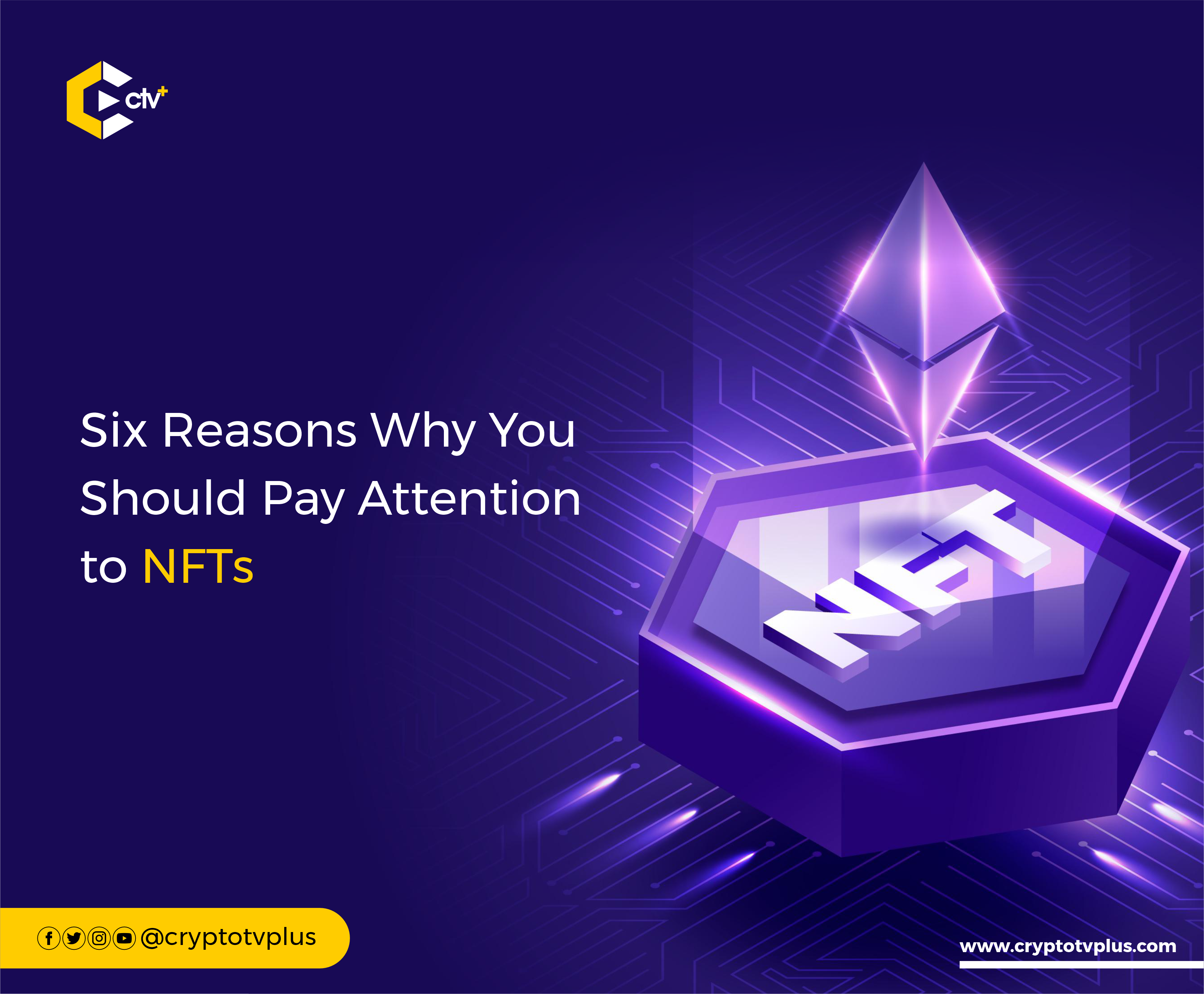
While there are huge concerns about the existence of NFTs, the blockchain asset still proves to be very viable in the future. During the panel discussion at the Web3 Summit, MIT, it was said that NFTs will be used beyond profile pictures for gaming, the metaverse, and sports.
The innovation behind NFTs is creating a global market that has seen a growth of $15.70 Billion from 2017 to 2021 with a huge potential to grow more.
While this has happened, it’s also interesting to note that in 2021, close to $7 million was lost to hacks on NFT platforms and in four months in 2022, about $52 million has been lost as well to hacks. If these are true, is there any reason for anyone to pay attention to these blockchain assets?
Read this also:
- NFTs to Fund US Election
- Blue Chip NFTs: What are they and Why are they Popular?
- How Relics from Monstercat is Changing the World of Music NFTs
Here are some reasons NFTs are vital:
- Evolution of Games
One of the earliest applications of NFTs was in gaming —CryptoKitties. Another is Axie Infinity, a play-to-earn game, that attracted more than 62,000 unique wallets, in 30 days, by the end of June 2021.
In the same year, The Blockchain Game Alliance report said that $2.32 billion was generated from NFT games in the third quarter of 2021. And Axie was top in making this possible.
While this was happening, the whole world was experiencing COVID-19 lockdown. However, citizens of nations like the Philippines we’re making enough money with these NFT-driven games. The future of NFTs in games is still a huge one with enormous potential.
- Intellectual Property and Digital Ownership
The uniqueness of NFTs allows for easy and fair ownership assignment and transfer of intellectual properties which could minimize IP crimes. For context, let’s look at the US market.
According to the Intellectual Property Commission, “intellectual property theft in the form of counterfeit goods, trade secret theft, and pirated software costs the US economy $225 billion to $600 billion”. And this represents between 1% and 3% of the US GDP.
So if a fashion designer creates an iconic design, and mints it as an NFT, that can be used to preserve and confirm the authenticity of the ownership of the design.
- Representation of Real-Life Assets
With NFTs, people represent a real-life asset in the blockchain. A good example can be seen when a company creates an NFT to represent a share of its company. And anyone who has access to buy that NFT can also trade the share on an exchange.
Another application is in the field of real estate. Sandbox and Decentraland are good examples of digital real estate that has been built on blockchain technology using NFTs as a primary component of the structure.
With time, such platforms can become a direct representation of physical cities of the future where for example a buyer from Asia can buy a digital land that represents Banana Island in Lagos. And when the deal is done, the person automatically uses that NFT to represent ownership of the physical property. Smart contracts will make this possible. Insurance coverage can also come in here.
- New Career and Earning Opportunities for Anyone
Apart from the fact that blockchain has opened a new market that has brought about the rise in the search for talent like never before, NFTs have also created a sector with huge demands.
For example, Adewunmi Rasaq Babatunde, a young Photographer in Nigeria created an NFT from a picture he took of an old man. He minted it on OpenSea and was able to sell three of the photos for 0.15ETH each. There are other examples out there including Beeple‘s $69 million sales for their NFT.
So creators of all kinds will begin to see the importance of their skills and avenues to earn more than what they’ve ever earned. Photographers, Smart Contract Developers, Artists, Community Managers… and more for the NFT marketplace is rising.
- More Transparent Political System
One major challenge that the global political structure of most nations has is the voting system. Transparency is always an issue when elections draw closer because the voting processes are allegedly manipulated to favor certain candidates. However, NFTs are seen as an innovation that can reduce these recurrences.
How can this work?
If the ERC-20 tokens are created to be used as a right to vote, they can be traded on an exchange. As this is done, the blockchain system behind the process counts the tokens for each exchange that can be formatted for just one trade. This will ensure that all votes are counted and transparency is as high as possible. It can be likened to digital identification as well where people can use NFTs to be identified anywhere they are.
- Branding and Community: Fan Tokenization
Vee Friends is an NFT community that allows people with the Vee Friends NFT to come in and participate in all manner of exclusive services given to members only. FlyFish Club is another example of a brand using NFT for fan tokenization. As an owner of any of their 3,000 NFTs, you can access their restaurant with delicious meals to consume as well as other premium services.
A few days ago, PSG and Jay Chou launched a collection of NFTs so that fans can gain access to a lot of goodies that connect the music and sports world. The examples are endless.
NFTs are making brands build communities of followership with incentives that grow the brands and uniquely empower the members.
NFT Criticisms
One of the most profound criticisms by a single individual about NFT is the video essay “Line Goes Up – The Problem With NFTs,” created by Dan Olson.
Here’s one of his statements on crypto and NFTs:
“While NFTs are supposed to be completely decentralized, in most cases there’s no cryptographic relationship between the image that an NFT points to and its token. The image could be easily altered or replaced if people with access to servers changed the file names.”
For the entirety of the video he published on YouTube, it’s clear that his opinion on crypto and NFTs is that it’s a “greater fool” scheme. How? He opined that crypto and NFTs are only valuable so long as the owner of any coin or NFT can convince another person to buy that asset when it has a higher price. And that’s not sustainable.
In the just-concluded Web3 Summit at MIT, the challenges with NFTs seem to also be a major focus of what was discussed. Amongst what was discussed was the issue of ownership clarification in terms of copyright.
Primavera de Filippi, NFT artist, and legal scholar, raised this issue because as it stands, “intellectual property rights vary from token to token and are not always clearly defined within smart contracts,” says Forbes
Conclusion
Whereas this technology is still new, there are so many opportunities out there that are yet to be explored. Fans and people of many nationalities will be using NFTs as their tickets for the forthcoming Paris Olympics in 2024. There are other areas that global organizations are trying to see how viable NFTs are.
As you get to know more about this blockchain utility, make sure to always research before making any investment. The markets are very volatile, and regulations are still missing but there’s so much coming out of this innovation.



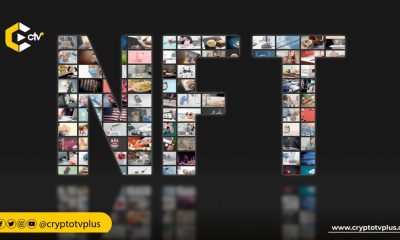

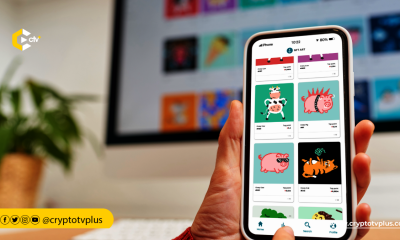

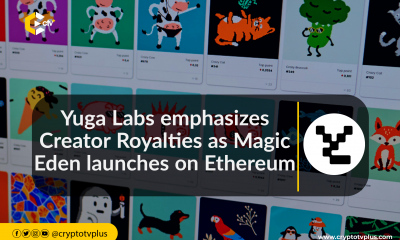

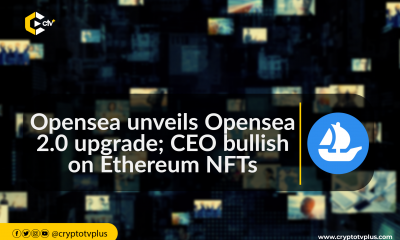

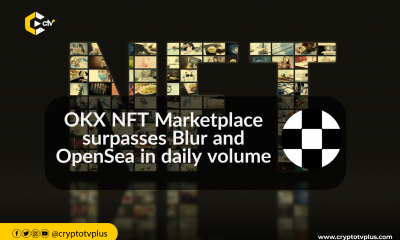

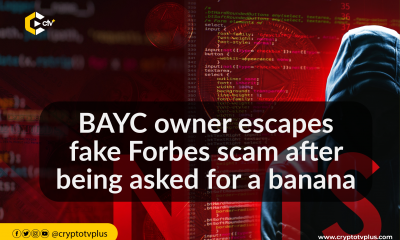











Pingback: Six Reasons Why You Should Pay Attention to NFTs by Chuks Nnabuenyi Jr – CryptoTvplus Events: NFT, DeFi, Bitcoin, Ethereum, Altcoin Events
Pingback: Twelve traditional companies that have adopted NFTs | CryptoTvplus: DeFi, NFT, Bitcoin, Ethereum Altcoin, Cryptocurrency & Blockchain News, Interviews, Research, Shows
Pingback: A16z proposes new NFT licenses based on CC0 | CryptoTvplus: DeFi, NFT, Bitcoin, Ethereum Altcoin, Cryptocurrency & Blockchain News, Interviews, Research, Shows
Pingback: PUMA releases first-ever redeemable NFTs in the metaverse | CryptoTvplus: DeFi, NFT, Bitcoin, Ethereum Altcoin, Cryptocurrency & Blockchain News, Interviews, Research, Shows
Pingback: Starbucks Odessey Beta to go live on 8 December - Crypto 1st News